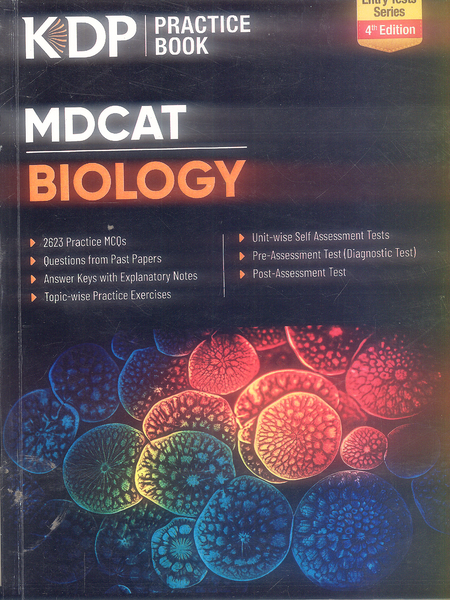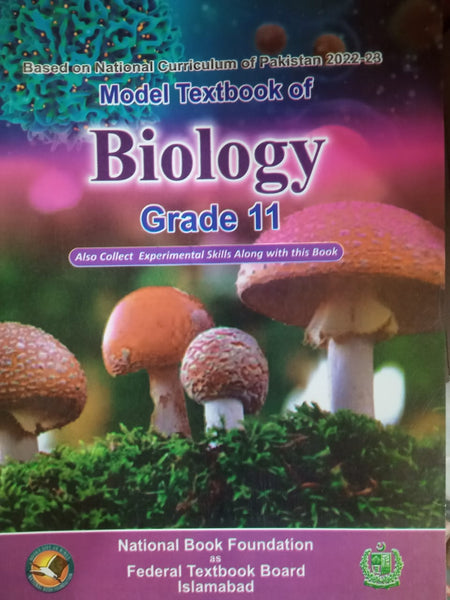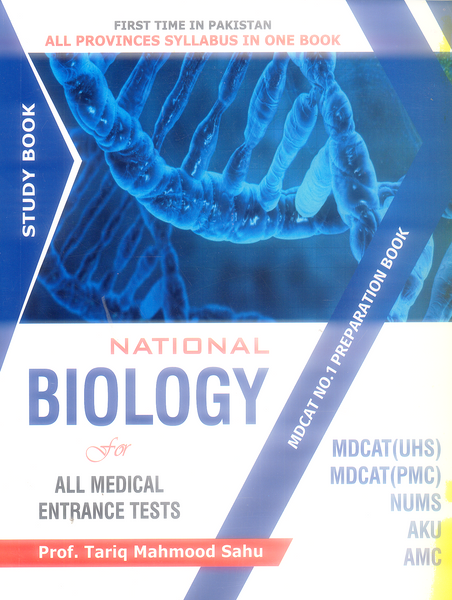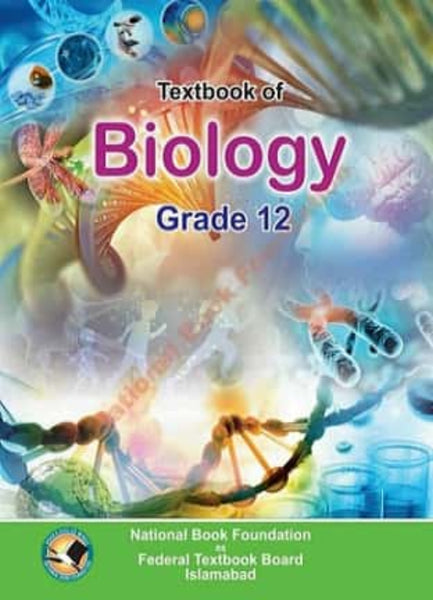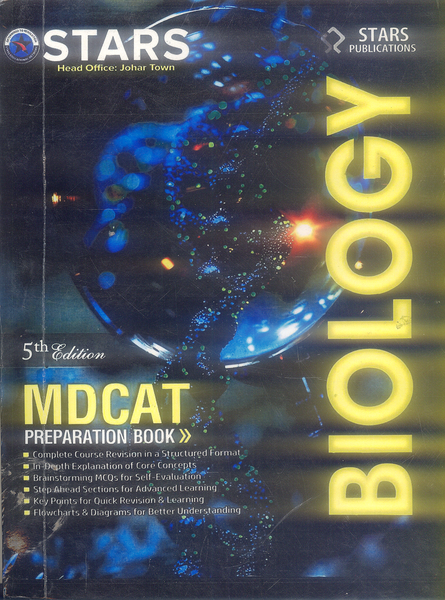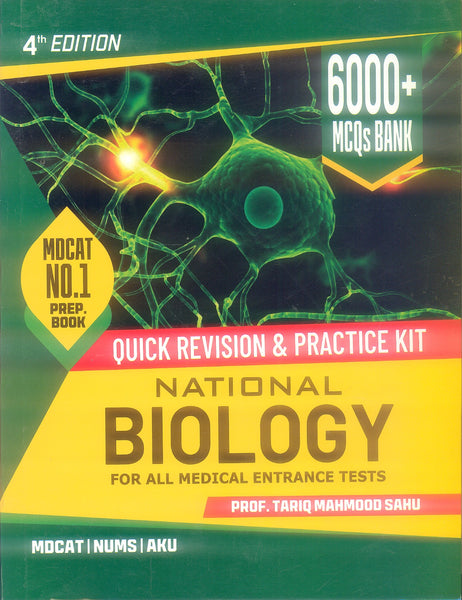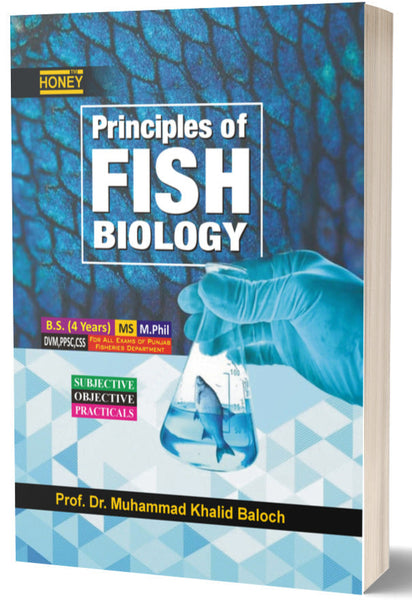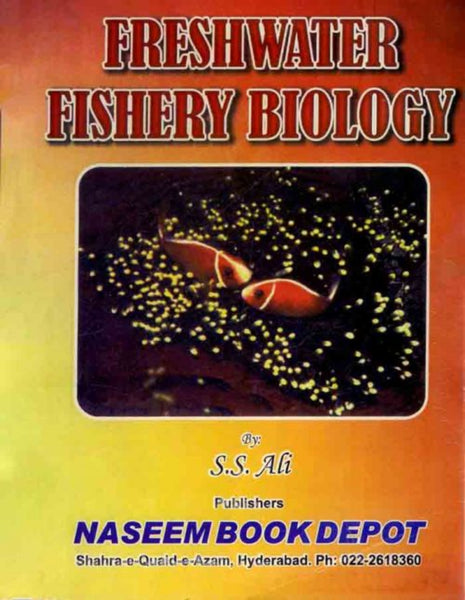Sex in Fungi: Molecular Determination and Evolutionary Implications
- Publisher: BIOLOGY
- Availability: In Stock
- SKU: 49219
- Number of Pages: 568
Rs.1,180.00
Rs.1,395.00
Tags: advanced mycology , best books , Best Price , Best Selling Books , biochemistry of fungi , evolutionary biology of fungi , fungal biology research , fungal biology textbook , fungal development , fungal evolution , fungal evolutionary genetics , fungal genetics , fungal genomics , fungal lifecycle , fungal mating systems , fungal mating types , fungal molecular mechanisms , fungal phylogeny , fungal reproduction , fungal sex determination , fungal signaling pathways , genetic regulation in fungi , genetics of fungi , James W Kronstad , John W Taylor , Joseph Heitman , Lorna A Casselton , mating in fungi , mating type genes , molecular biology of fungi , Molecular Determination and Evolutionary Implications , molecular mycology , mycology research , ONLINE BOOKS , Online Bookshop , reproduction in microorganisms , reproductive biology of fungi , sex genes in fungi , Sex in Fungi , sexual diversity in fungi , sexual identity in fungi , sexual reproduction in fungi
📘 Title Name: Sex in Fungi: Molecular Determination and Evolutionary Implications
✍️ Authors/Editors: Joseph Heitman, James W. Kronstad, John W. Taylor, Lorna A. Casselton
📦 Quality: Black White Pakistan Print
🔹 Introduction:
This comprehensive volume explores the molecular mechanisms of sexual reproduction in fungi and its evolutionary significance. It serves as a foundational resource for understanding genetic regulation and diversity in fungal biology.
🔑 Key Points:
-
Discusses molecular pathways involved in fungal mating and reproduction.
-
Explores the evolutionary context and implications of sexual development in fungi.
-
Contributed by leading experts, making it ideal for researchers in mycology, genetics, and evolutionary biology.



